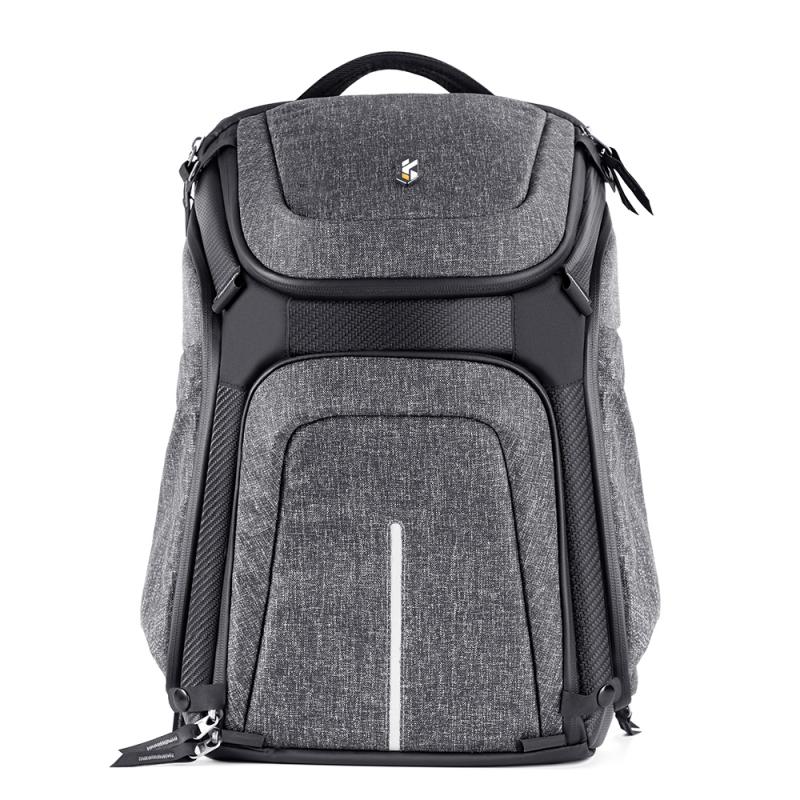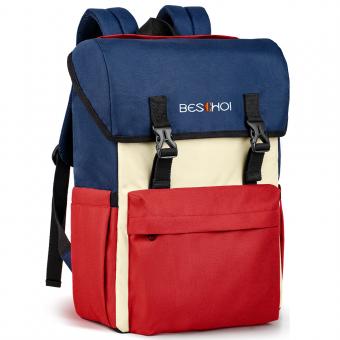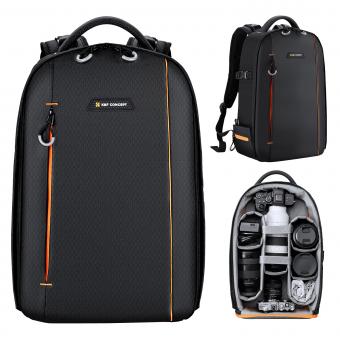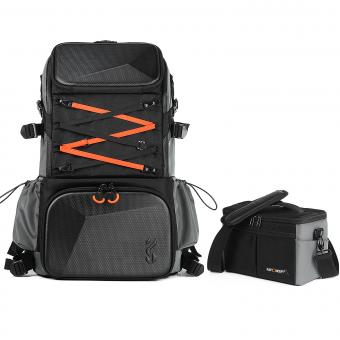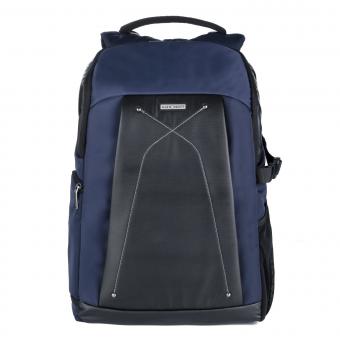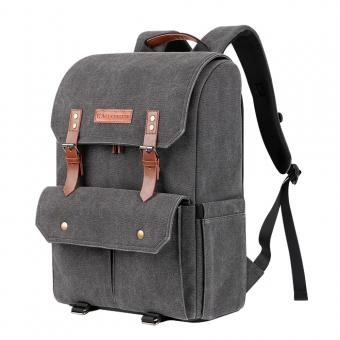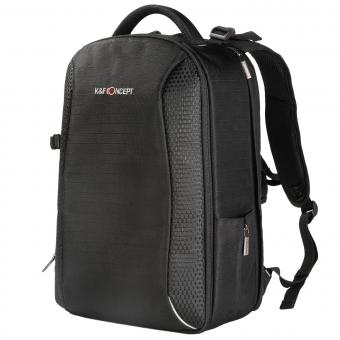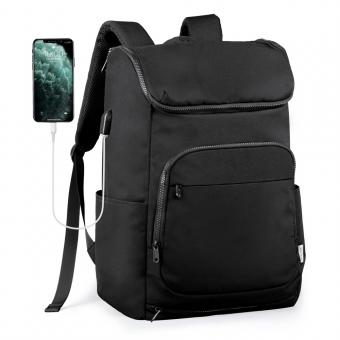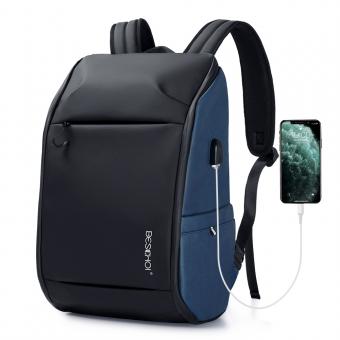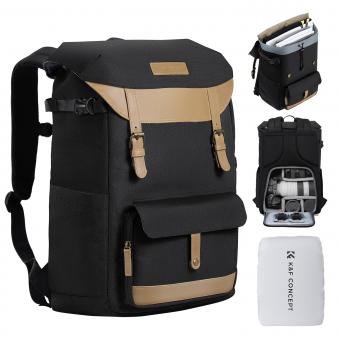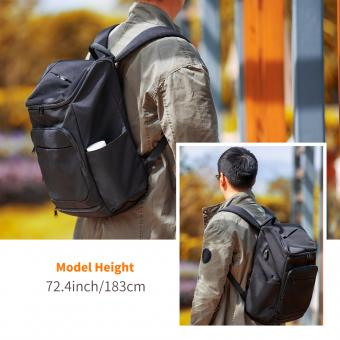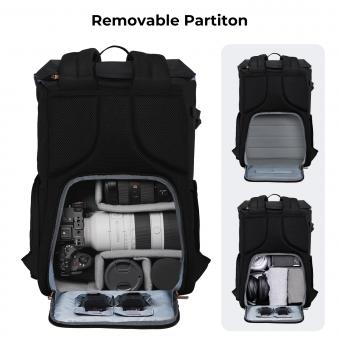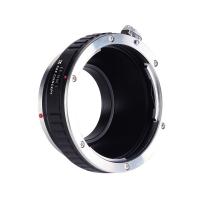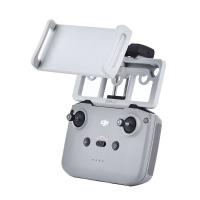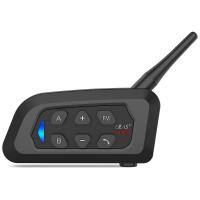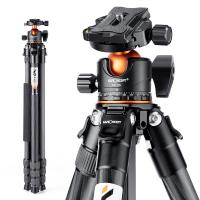What Size Backpack Can Be A Carry On ?
The size of a backpack that can be used as a carry-on can vary depending on the airline. However, most airlines have specific size restrictions for carry-on luggage. Generally, a backpack that is around 22 inches in height, 14 inches in width, and 9 inches in depth should meet the requirements for most airlines. It is always recommended to check with the specific airline you are flying with to ensure that your backpack meets their carry-on size limits.
1、 Airline regulations for carry-on backpack size and weight limits.
Airline regulations for carry-on backpack size and weight limits can vary depending on the airline and the specific flight. However, there are some general guidelines that can help determine what size backpack can be a carry-on.
Most airlines have specific dimensions for carry-on luggage, including backpacks. These dimensions typically range from 22 to 24 inches in height, 14 to 18 inches in width, and 9 to 10 inches in depth. It's important to note that these dimensions include the backpack's wheels, handles, and any external pockets.
In addition to size restrictions, airlines also enforce weight limits for carry-on backpacks. These limits can vary, but they usually range from 15 to 22 pounds. It's crucial to check with the specific airline you are flying with to ensure you comply with their weight restrictions.
It's worth mentioning that some airlines have stricter regulations for carry-on luggage, especially for budget airlines or flights with smaller aircraft. These airlines may have smaller size and weight limits for carry-on backpacks, so it's essential to check their guidelines before packing.
Furthermore, it's important to consider the latest point of view regarding carry-on backpacks. With the ongoing COVID-19 pandemic, some airlines have implemented additional restrictions or safety measures. For example, some airlines may require passengers to stow their backpacks under the seat in front of them rather than in the overhead bin to minimize contact and maintain social distancing.
To ensure a smooth travel experience, it is always recommended to check the specific airline's website or contact their customer service for the most up-to-date information on carry-on backpack size and weight limits.

2、 Maximum size restrictions for carry-on backpacks on international flights.
The maximum size restrictions for carry-on backpacks on international flights can vary depending on the airline and the specific regulations of the country you are traveling to. However, there are some general guidelines that can help you determine what size backpack can be a carry-on.
Most airlines have a limit on the dimensions of carry-on luggage, typically around 22 x 14 x 9 inches (56 x 36 x 23 cm). This includes both backpacks and suitcases. However, it's important to note that these dimensions can vary, so it's always a good idea to check with your specific airline before your flight.
In addition to size restrictions, airlines also often have weight limits for carry-on luggage. Again, these limits can vary, but they are typically around 15-22 pounds (7-10 kg). It's important to keep in mind that if your backpack is too heavy, even if it meets the size requirements, you may still be asked to check it in.
It's also worth noting that some airlines have stricter regulations for carry-on luggage, particularly for budget airlines or flights with smaller aircraft. In these cases, the size and weight limits may be even more restricted.
To ensure that your backpack meets the requirements, it's a good idea to invest in a backpack specifically designed for carry-on travel. These backpacks are often designed to fit within the size restrictions and have features such as compression straps to help you maximize space.
In conclusion, the maximum size restrictions for carry-on backpacks on international flights can vary, but a general guideline is around 22 x 14 x 9 inches (56 x 36 x 23 cm). However, it's always best to check with your specific airline for their regulations to avoid any issues during your journey.
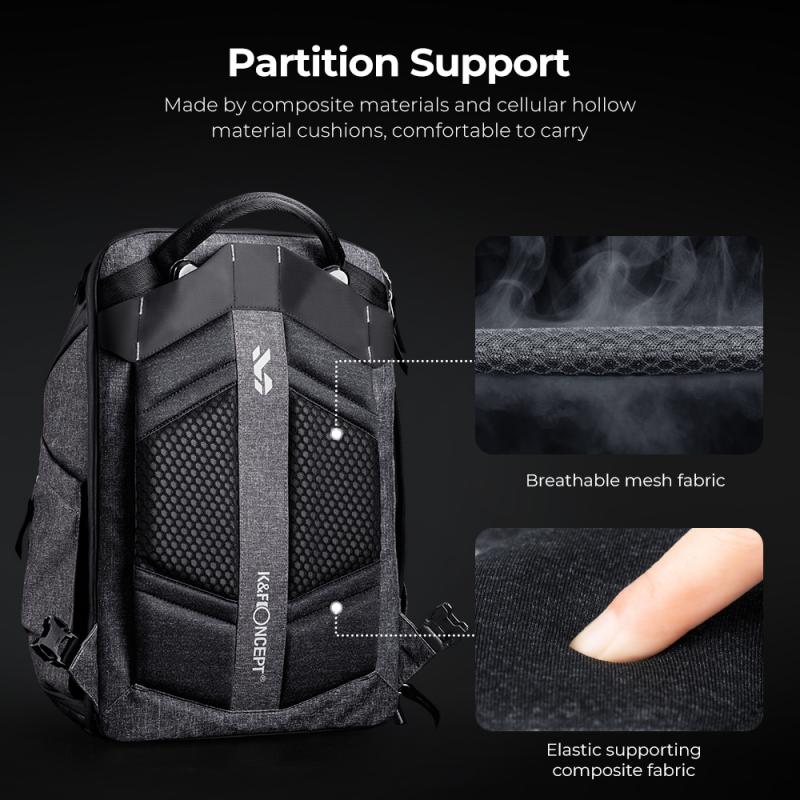
3、 Tips for choosing a backpack that meets carry-on requirements.
Tips for choosing a backpack that meets carry-on requirements:
1. Check the airline's carry-on size restrictions: Different airlines have different size restrictions for carry-on luggage. It's important to check the specific requirements of the airline you'll be flying with. Generally, most airlines allow carry-on bags with dimensions around 22 x 14 x 9 inches (56 x 36 x 23 cm).
2. Opt for a backpack with a compact design: Look for backpacks that are designed to maximize space while still fitting within the carry-on size limits. Backpacks with a rectangular shape and minimal external pockets tend to be more space-efficient.
3. Consider the backpack's capacity: While the size restrictions are important, it's also crucial to consider the backpack's capacity. Make sure the backpack has enough space to accommodate your essentials without exceeding the carry-on size limits. Look for backpacks with a capacity of around 30-40 liters, as they are generally suitable for carry-on use.
4. Choose a backpack with a compression system: A backpack with compression straps or a compression system can help you reduce its overall size when needed. This feature allows you to compress the backpack and make it more compact, ensuring it fits within the carry-on size limits.
5. Look for a backpack with a TSA-approved laptop compartment: Many backpacks now come with a dedicated laptop compartment that is TSA-approved, meaning you can leave your laptop inside the backpack when going through airport security. This feature adds convenience and saves time during the security screening process.
6. Consider the weight of the backpack: Airlines often have weight restrictions for carry-on luggage as well. Choose a backpack that is lightweight to avoid exceeding these limits and to make it easier to carry around during your travels.
It's important to note that carry-on size restrictions can vary, and it's always best to check with the specific airline you'll be flying with for the most up-to-date information.

4、 Potential consequences of exceeding carry-on backpack size limits.
What size backpack can be a carry-on? The answer to this question can vary depending on the airline you are flying with. However, most airlines have similar size restrictions for carry-on luggage. Generally, the maximum dimensions for a carry-on backpack are around 22 inches in length, 14 inches in width, and 9 inches in depth. It is important to note that these dimensions include the wheels and handles of the backpack.
Exceeding the carry-on backpack size limits can have potential consequences. Firstly, if your backpack is too large, you may be required to check it in at the gate. This can be inconvenient as you will have to wait for your backpack at the baggage claim upon arrival, and there may be additional fees associated with checking in your bag.
Moreover, if your backpack is oversized, it may not fit in the overhead compartments of the airplane. This can cause delays during boarding as you may need to find a space in the overhead bins further down the aisle or even have to gate-check your bag.
Additionally, exceeding the carry-on size limits can result in extra charges. Some airlines have strict policies and charge hefty fees for oversized or overweight carry-on bags. These fees can quickly add up and significantly increase the cost of your trip.
It is always advisable to check the specific carry-on size restrictions of the airline you are flying with before packing your backpack. This will help you avoid any potential consequences and ensure a smooth travel experience.
